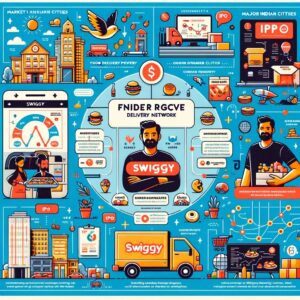Startup Strategy
Razorpay stands as a testament to the burgeoning fintech sector in India. With a robust business model, a strong focus on innovation, and a deep understanding of the Indian market, Razorpay is well-positioned to capitalize on the growing digital payments landscape. While it faces challenges in terms of regulation and competition, its recent valuation, successful funding rounds, and continuous product expansion reflect a promising trajectory.









